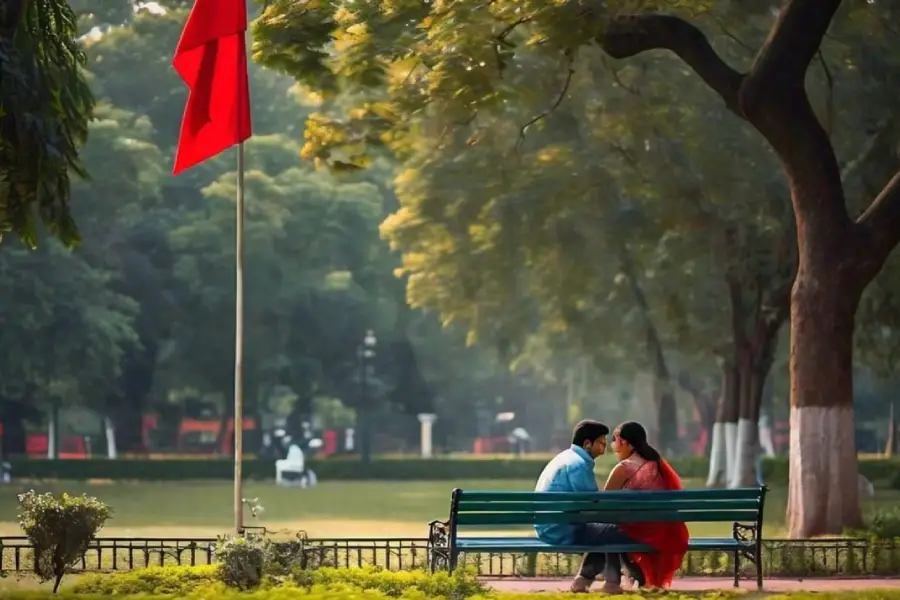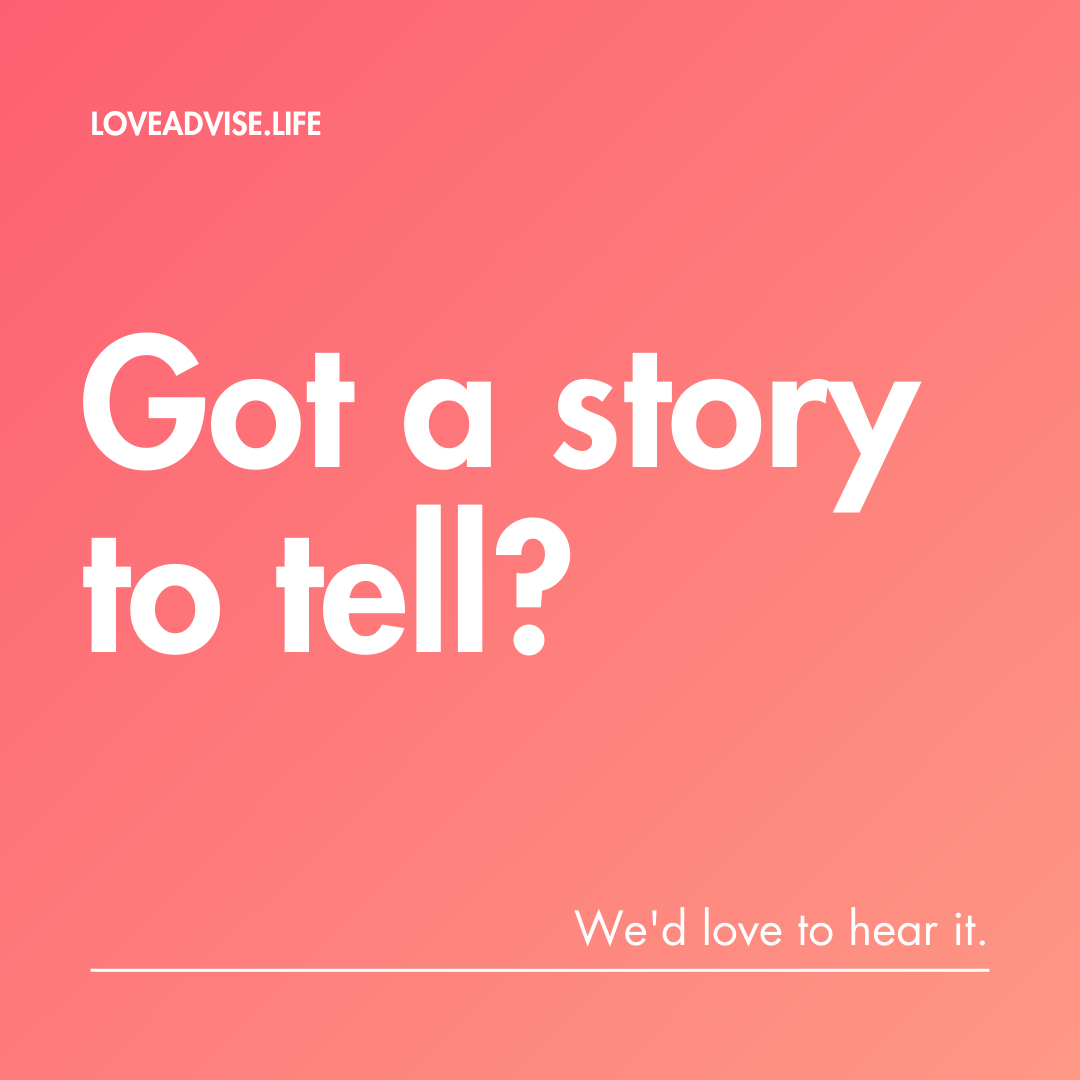
In the context of relationships, a “red flag” refers to a warning sign or indicator that something might be wrong. It signals potential issues that, if ignored, could lead to larger problems down the line. Recognizing and addressing red flags early on is crucial for maintaining a healthy and fulfilling relationship. In this article, we’ll delve into the meaning of red flags in relationships, common examples, and how to address them constructively.
Understanding What is the Meaning of Red Flag in Relationship?
Red flags in relationships are behaviors or patterns that suggest potential trouble. They can manifest in various forms, ranging from subtle signs to blatant actions. The key is to be aware of these indicators and not dismiss them lightly. While some red flags might stem from misunderstandings or temporary issues, others can be signs of deeper, more persistent problems.
8 Common Red Flags in Relationships
- Lack of Communication
- What It Looks Like: One or both partners avoid discussing important issues, or there is a consistent lack of open and honest communication.
- Why It’s a Red Flag: Effective communication is the foundation of any healthy relationship. Without it, misunderstandings and unresolved conflicts can fester, leading to resentment and disconnect.
- Controlling Behavior
- What It Looks Like: One partner tries to dominate or control the other’s actions, decisions, or social interactions. This can include dictating what they wear, who they see, or where they go.
- Why It’s a Red Flag: Healthy relationships are based on mutual respect and trust. Controlling behavior undermines these principles and can lead to feelings of suffocation and loss of individuality.
- Lack of Trust
- What It Looks Like: Constant suspicion, jealousy, or the need to check up on the partner’s whereabouts and activities.
- Why It’s a Red Flag: Trust is essential for a secure and happy relationship. Without it, insecurity and anxiety can dominate, preventing the relationship from flourishing.
- Disrespect
- What It Looks Like: Dismissive attitudes, name-calling, belittling, or any form of verbal, emotional, or physical abuse.
- Why It’s a Red Flag: Respect is a cornerstone of any relationship. Disrespectful behavior erodes self-esteem and can have lasting emotional damage.
- Avoidance of Conflict
- What It Looks Like: One or both partners avoid addressing conflicts, pretending everything is fine when it’s not.
- Why It’s a Red Flag: Conflict is natural in relationships, and addressing it constructively is crucial for growth. Avoiding conflict can lead to unresolved issues that may escalate over time.
- Inconsistent or Unreliable Behavior
- What It Looks Like: One partner is frequently unreliable, makes promises they don’t keep, or their behavior is unpredictable.
- Why It’s a Red Flag: Consistency and reliability build trust and security. Inconsistent behavior can create instability and uncertainty in the relationship.
- Lack of Support
- What It Looks Like: One partner is unsupportive of the other’s goals, dreams, or emotional needs.
- Why It’s a Red Flag: Support is vital in relationships. Without it, partners may feel isolated and undervalued, hindering personal and relationship growth.
- Dishonesty
- What It Looks Like: Lying, hiding things, or being deceitful about significant aspects of life.
- Why It’s a Red Flag: Honesty is crucial for trust and intimacy. Dishonesty can lead to a breakdown in communication and trust, creating a toxic environment.
How To Address Red Flags In Relationship
Identifying red flags is the first step, but addressing them constructively is equally important. Here are some steps to take when you encounter red flags in your relationship:
- Reflect on Your Feelings
- Take time to understand how the red flag makes you feel and why it concerns you. Reflecting on your emotions can provide clarity and help you communicate your concerns more effectively.
- Communicate Openly
- Approach your partner with your concerns in a calm and non-accusatory manner. Use “I” statements to express how their behavior affects you (e.g., “I feel hurt when you don’t keep your promises”).
- Seek Understanding
- Encourage a two-way dialogue where both partners can share their perspectives. Understanding your partner’s viewpoint can provide insights into their behavior and help find common ground.
- Set Boundaries
- Clearly define what behaviors are unacceptable and establish boundaries. Healthy boundaries protect your well-being and ensure respect within the relationship.
- Seek Professional Help
- If red flags persist despite efforts to address them, consider seeking help from a relationship counselor or therapist. A professional can provide guidance and strategies to work through issues.
- Evaluate the Relationship
- Assess whether the relationship is meeting your needs and whether both partners are willing to work towards improvement. Sometimes, despite best efforts, it may be necessary to consider ending the relationship for your well-being.
Conclusion
Red flags in relationships are important indicators that should not be ignored. While it’s natural for relationships to encounter challenges, recognizing and addressing red flags early can prevent more significant problems and ensure the relationship remains healthy and fulfilling. Open communication, mutual respect, and a willingness to work through issues are key to overcoming these challenges. By staying vigilant and proactive, you can build a stronger, more resilient relationship that stands the test of time.








Comments (2)
zeleniymis.com.Uasays:
August 5, 2024 at 3:26 pmAppreciating the dedication you put into your website and in depth information you provide.
It’s ggood to comke across a blog evbery onxe inn a wile that isn’t the same out
off date rehashed information. Fantastic read!
I’ve bookmarked your sife and I’m adding your RSS feeds
to my Google account.
Anonymoussays:
August 20, 2024 at 12:29 pmGood answer back in return of this difficulty with genuine argumennts and drscribing everything
on the topic of that.